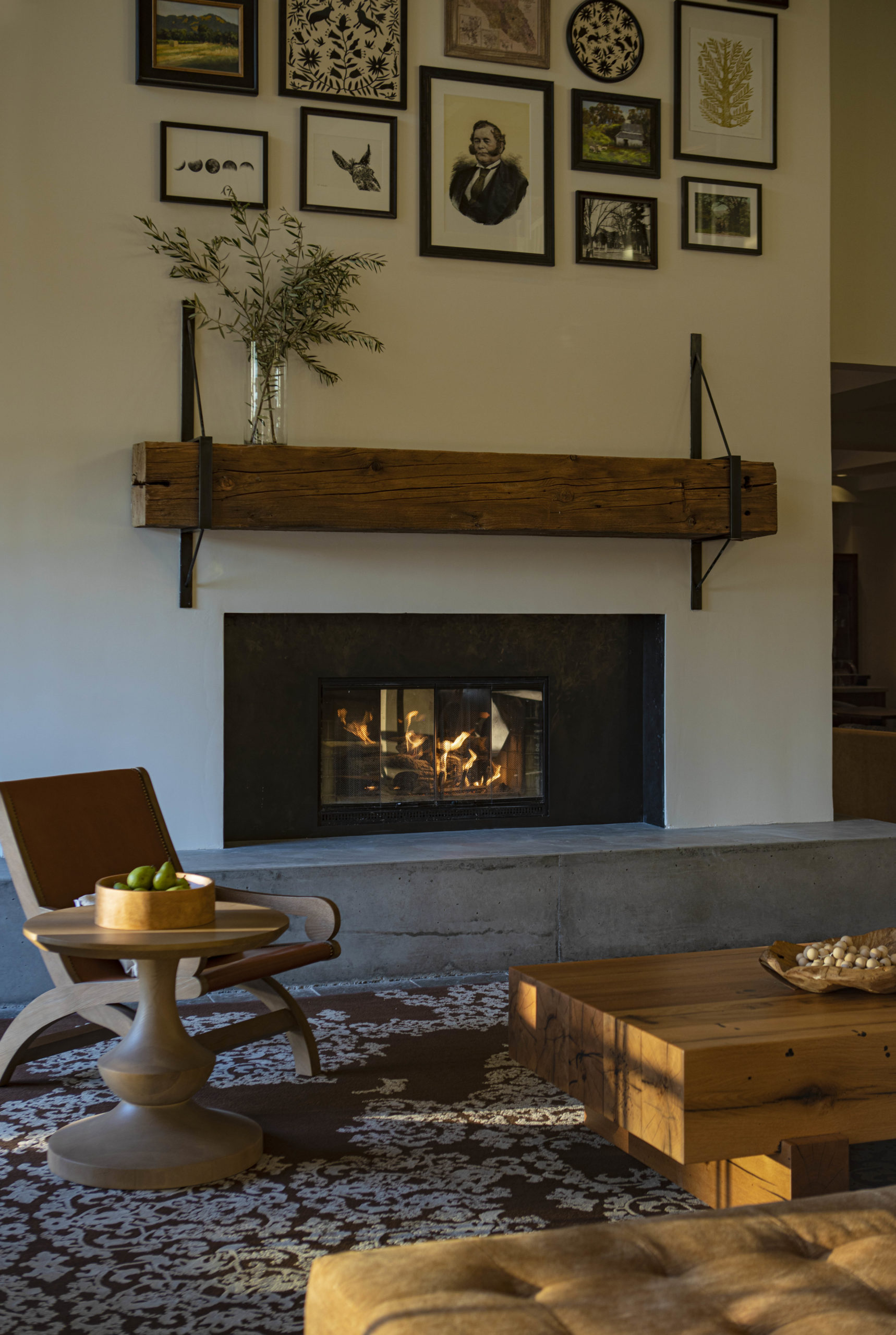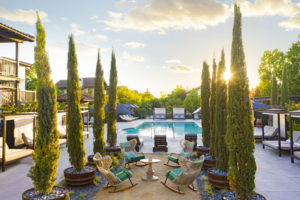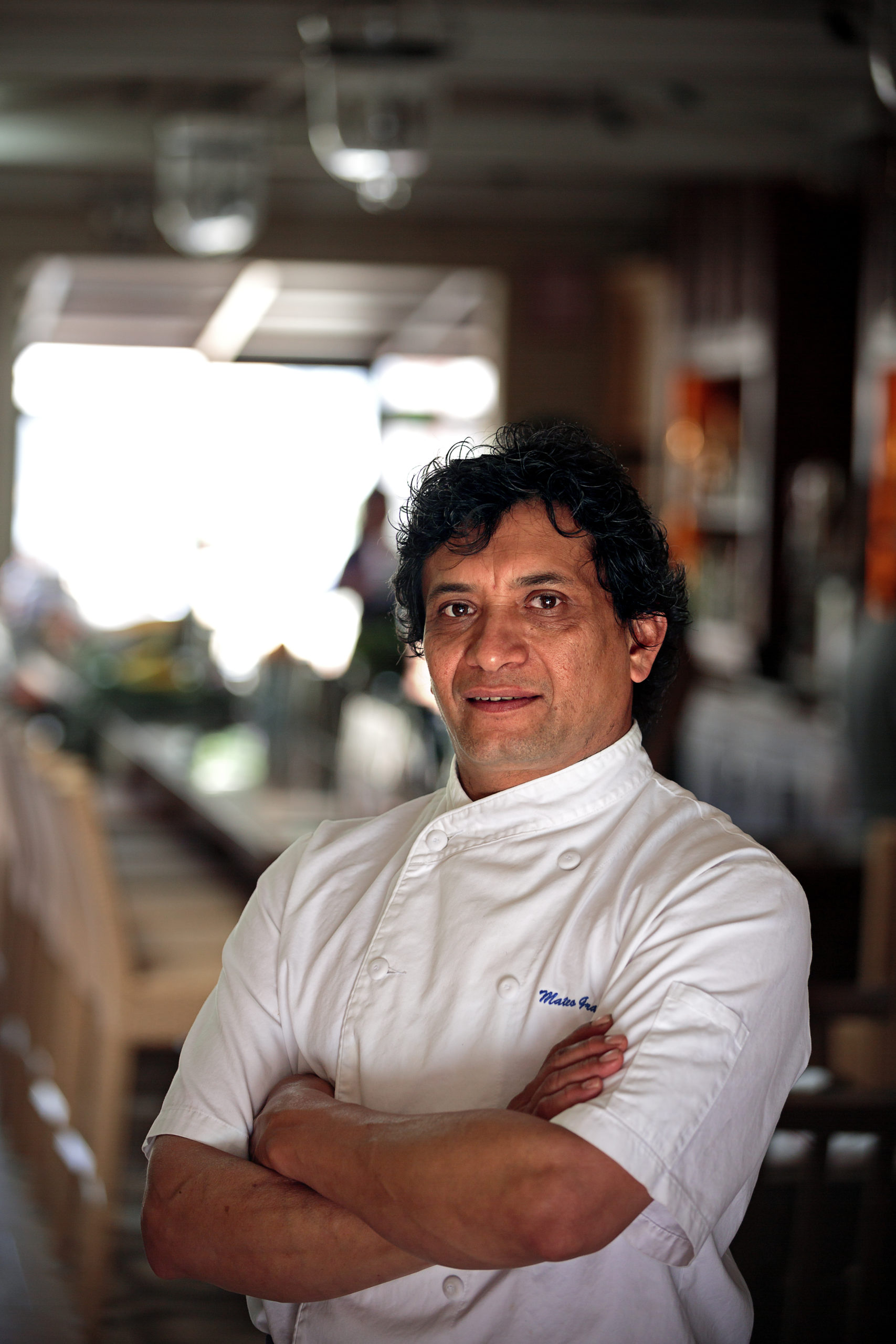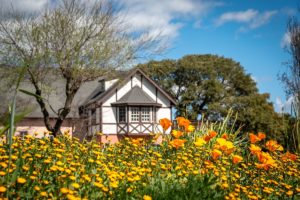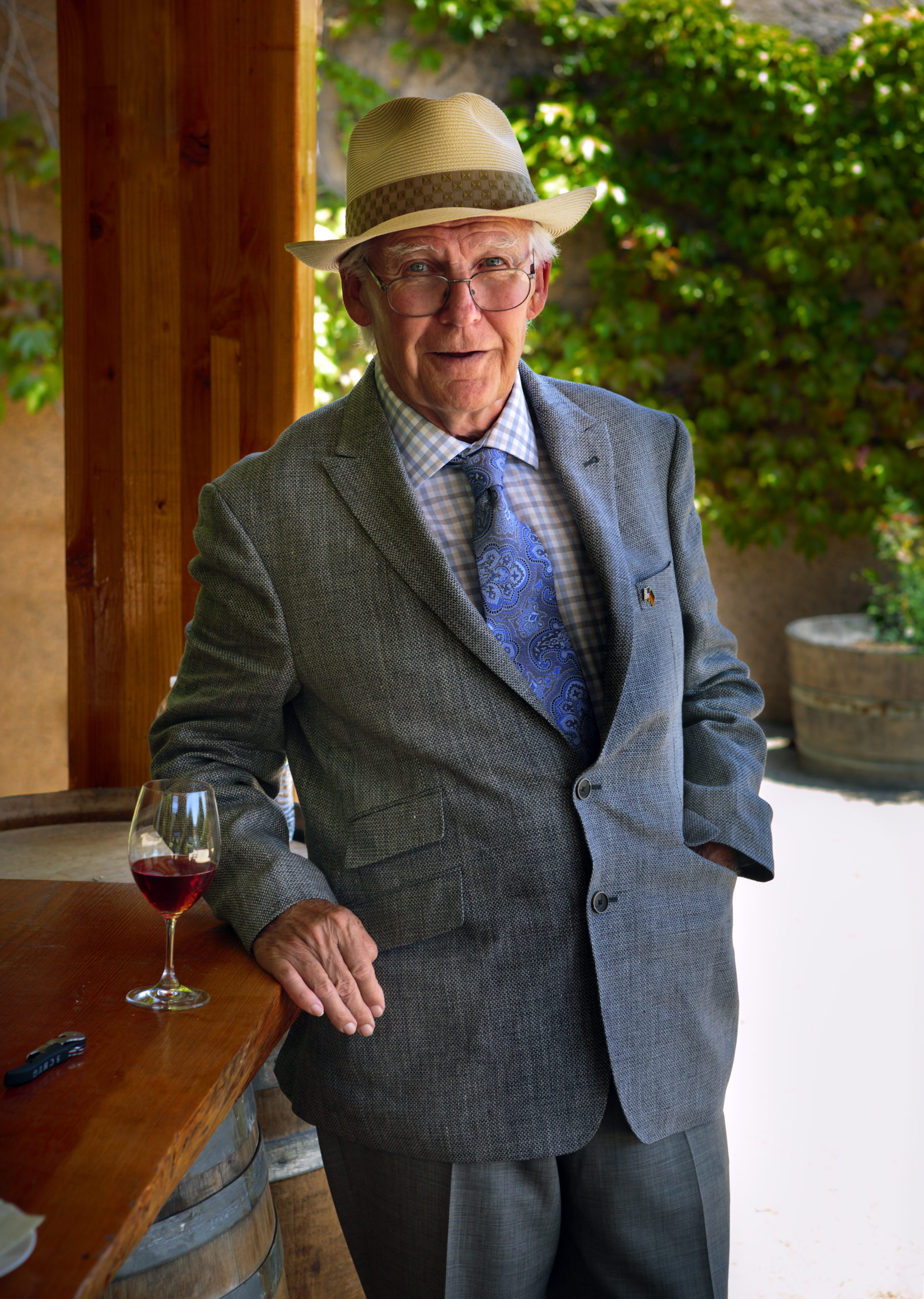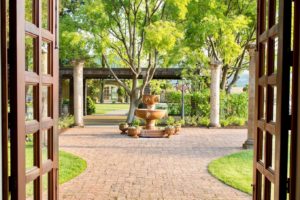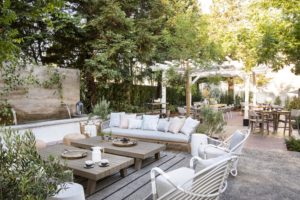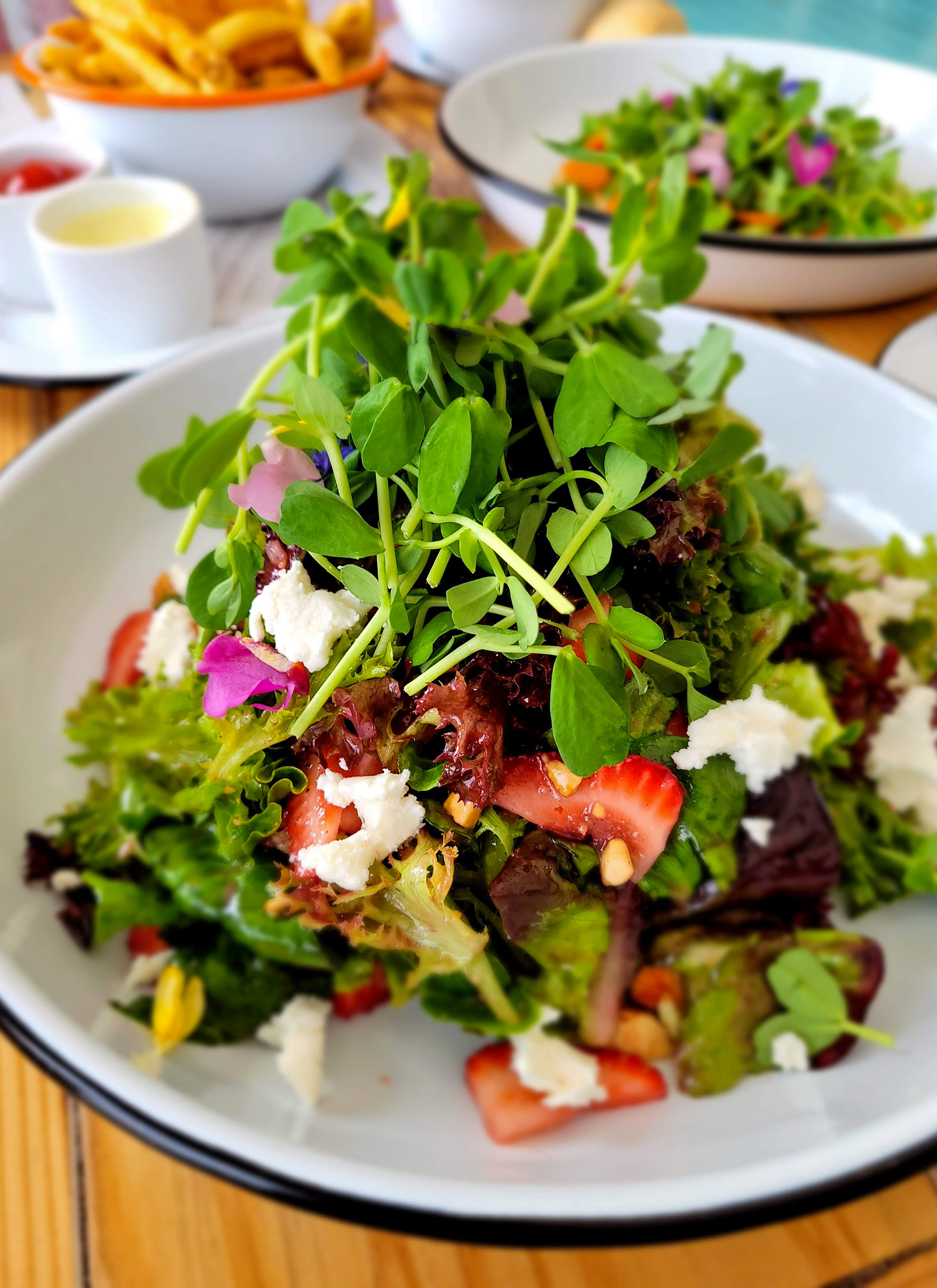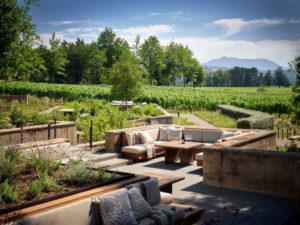On June 26, 2015, just six months after opening Brew Coffee and Beer House in Santa Rosa, life and business partners Alisse Cottle and Jessica Borrayo hoisted a 5-foot-long rainbow flag outside their fledgling business to celebrate the Supreme Court ruling that made same-sex marriage a right nationwide.
On January 5 this year, the rainbow flag still flying outside their coffee shop and taproom, Cottle and Borrayo celebrated Brew’s 6th anniversary with free coffee for customers and an open mic night on Zoom. Like other restaurants, they had been forced to halt indoor services due to the pandemic. But the couple still found a way to bring people together on that day, just like they have since 2015.
“We have always felt that we want to create a place where everyone is welcome, especially people like us,” Cottle said.
This Pride Month, we at Sonoma Magazine join the celebrations by highlighting some of our local LGBTQ-owned businesses. The owners of these businesses feel they have a mission that extends beyond running a company. They want to bring people together and give back to the community, while serving up exceptionally delicious food, glasses of wine and cups of coffee.
Brew Coffee and Beer House
This friendly establishment just west of downtown Santa Rosa serves locally-sourced coffee, beer and baked goods. Brew also offers a menu of rotating food items prepared in-house, including a few creative takes on the ever-popular avocado toast. The homey dining room doubles as an art gallery, displaying works by local artists, and as an event space for open mic nights and music performances.
While pandemic guidelines have put many of Brew’s events on hold — or relocated them to Zoom — some favorites have returned, including the RuPaul’s Drag Race viewing parties. Brew will be partnering with Translife to host Paint the Town Queer, a family-friendly event to close out Pride Month on June 26 from 11 a.m. to 2 p.m.
555 Healdsburg Ave., Santa Rosa, 707-303-7372, brewcoffeeandbeer.com
Cowgirl Creamery
Cowgirl Creamery, founded in 1997 by college friends and chefs, Peggy Smith and Sue Conley, is an organic cheese company located in the heart of the North Bay. After arriving in the Bay Area in the 1970s and then working in some of San Francisco’s most famous kitchens, the duo sought to create a company “that would celebrate overlooked communities.”
With its two founders now retired, Cowgirl Creamery remains “a proudly LGBTQ+ led company,” dedicated to creating an inclusive environment. In a recent blog post on the company website, current Managing Director Amanda Parker reflects on how her own identity, as well as that of the company, have been shaped by Pride and the LGBTQ community.
Cowgirl Creamery’s 13 cheeses — Red Hawk and Mt Tam are dairy darlings — can be sampled and bought at the creamery’s cheese shop in Point Reyes Station. The Creamery’s cheeses can also be found online, in local supermarkets and worldwide.
80 4th St, Point Reyes Station, 866-433-7834, cowgirlcreamery.com
Mercury Wine
Mercury Wine owner Brad Beard first came to Sonoma County from Phoenix, Arizona in 2008. “Geyserville mines brought Italian immigrants, Italians brought grapes and grapes brought me,” Beard said. The winery’s name pays homage to both Geyserville’s historical mercury mines and to Freddie Mercury, the late lead singer of the rock band Queen. Freddie Mercury also is the name of Beard’s friendly dog, who is always ready to greet customers upon their visit.
The tasting room, operated by Brad’s brother, Grady Beard, is a popular stop for tours, including Out in the Vineyard, an event and travel company that caters specifically to the LGBTQ community. The Mercury team strives to make their establishment a friendly and inviting environment, often putting on live music performances with the owners and other guests for happy hour.
Mercury wines play with the themes from the winery’s local and musical roots: included in their lineup is a Freddie Cuvee, Heavy Metal Red Blend and a mourvédre and merlot blend called Element. Visitors can taste wine outdoors on a patio and then dine, just a few steps away from the tasting room, at top regional restaurants Catelli’s and Diavola Pizzeria & Salumeria. The tasting room is open Friday through Sunday from 11 a.m. to 5 p.m. Reservations are recommended.
21025 Geyserville Ave., Geyserville, 707-857-9870, mercurywine.com
Noble Folk Ice Cream & Pie Bar
Life partners and entrepreneurs Ozzy Jimenez and Christian Sullberg opened Noble Folk Ice Cream and Pie Bar in Healdsburg in 2014. At the time, the confectionary duo had already made a mark with their first business, Moustache Baked Goods, a patisserie off the Healdsburg Plaza specializing in pretty cupcakes in a variety of flavors (the patisserie closed due to the pandemic and continues now as a catering business). In 2018, they opened a second location for Noble Folk in downtown Santa Rosa.
The Noble Folk storefronts proudly fly the rainbow flag and the transgender pride flag and display Black Lives Matter posters to signal that these businesses celebrate diversity and inclusion. But Jimenez’ and Sullbergs’ dedication to their community extends beyond the walls of their establishments. During the Kincade Fire in 2019, the couple helped feed hundreds of displaced farmworkers. Last year, Jimenez was appointed vice mayor of Healdsburg, making him the second openly gay member and the first person of color in three decades on the City Council.
Noble Folk has been recognized by the San Francisco Business Journal as one of the top LGBTQIA+ owned businesses in the Bay Area for the last six years. This year, they were named one of the 12 best ice cream spots in the Bay Area by the San Francisco Chronicle. Try their new blueberry cheesecake ice cream flavor inspired by a local children’s book.
116 Matheson St., Healdsburg, 707-395-4426; 539 4th St., Santa Rosa, 707-978-3392, thenoblefolk.com
Radical Family Farms
Radical Family Farms was founded by life partners Leslie Wiser and Sarah Deragon in 2019 in an effort to reclaim Asian American identities on the land and to center LGBTQIA+ mixed-Asian American heritage and culinary culture through the vegetables, herbs, meals and events produced on the farm, according to their mission statement.
“I think I would have turned to farming sooner if I had seen more farmers like me. Visibility and representation matter … especially to folks who are ambiguous in race and gender,” Deragon said in an interview with Sonoma Magazine. (Read the article here).
The farm specializes in Asian heritage produce, medicinal herbs, flowers and heirloom seeds. They don’t have an open market, but the farm operates a Community Supported Agriculture program that delivers boxes of the Asian heritage produce and flowers within their community as well as to members throughout the Bay Area. If you don’t want to commit to a box just yet, seeds, edible flowers and medicinal herb can be purchased through their online store.
707-210-2773, radicalfamilyfarms.com
This is not a comprehensive list of LGBTQ-owned businesses in Sonoma County. Please add your favorites to the comments.
